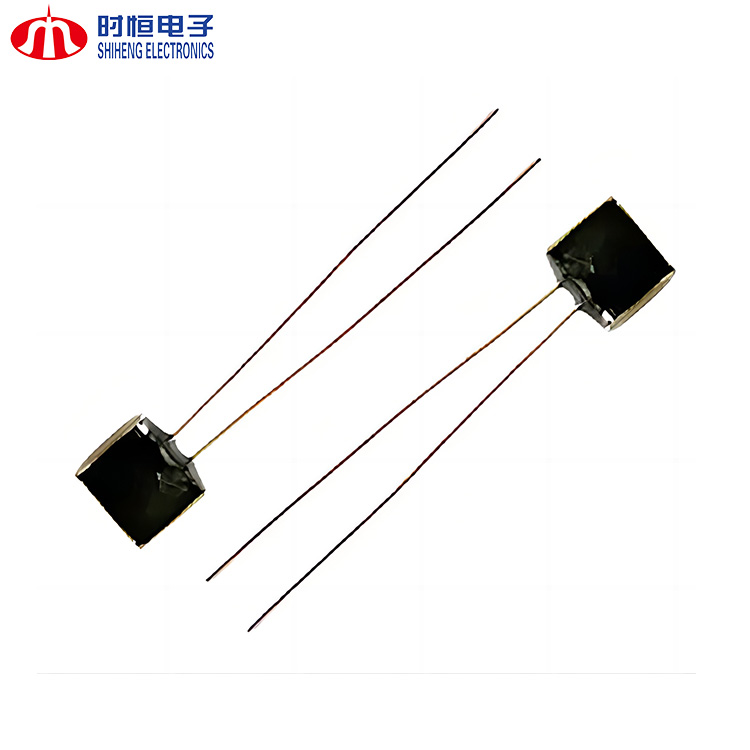Application of PT Temperature Sensors in Medical Imaging Equipment
Nov 06, 2024Medical imaging equipment, such as computed tomography (CT), magnetic resonance imaging (MRI), and radionuclide imaging, plays a crucial role in modern diagnostics. A key component of these systems is the high-pressure pipeline, which is responsible for transmitting high-pressure, high-flow working media. Effective temperature control within these pipelines is essential, as fluctuations can impact the flow performance and stability of the working media. PT platinum resistance temperature sensors offer precise temperature measurement and control solutions for high-pressure pipelines, enhancing equipment reliability and performance.

High-pressure pipelines are typically constructed from durable metal materials like stainless steel and titanium alloys, which provide excellent pressure resistance and corrosion resistance. However, temperature changes can lead to expansion and contraction in the tubing, potentially affecting the seal and stability of the pipeline. By installing PT platinum resistance sensors on the surface or inside the pipeline, real-time temperature data can be fed to the control system, enabling adjustments to maintain stable temperatures within specified ranges.
The integration process for PT platinum resistance temperature sensors usually involves two main steps. First, the sensor is attached to the pipeline, either on its surface or within it, to directly measure the temperature. The sensor is then connected to the corresponding measurement instruments, allowing for accurate temperature readings and display.
In practice, various factors, such as ambient temperature and the type of media (gas or liquid) flowing through the pipeline, can influence temperature stability. Therefore, calibration and adjustment of the PT sensors are often required to ensure precise and reliable data.
Our NTC thermistors and PT100 platinum resistance temperature sensors are widely used in medical imaging equipment. These sensors are valued for their compact size, high accuracy, fast response time, long lifespan, and outstanding reliability. With their high consistency and interchangeability, they are trusted by professionals worldwide to enhance the safety and functionality of medical devices.